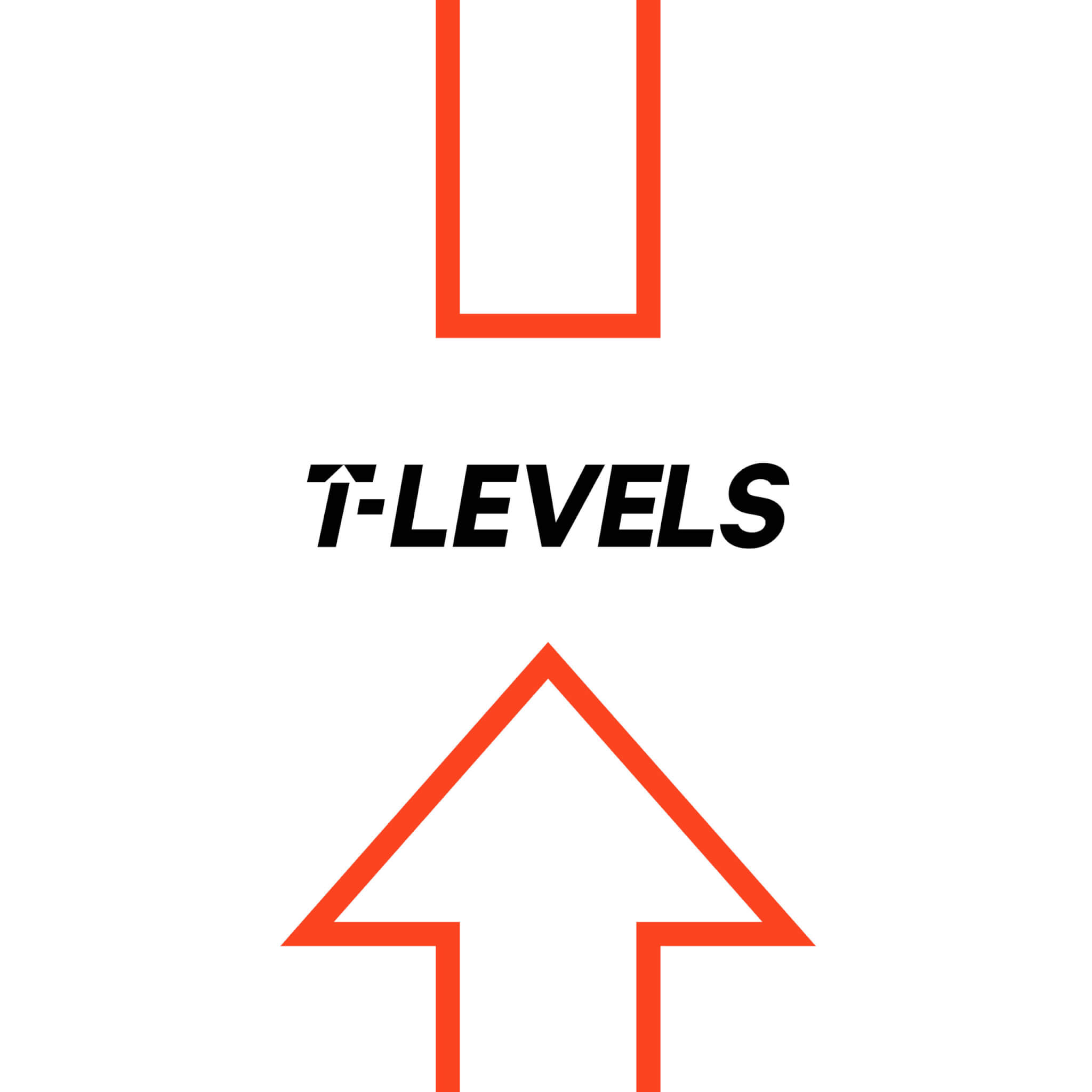At BMAT STEM Academy in Harlow, Essex, students use artificial intelligence to create visualisations for coursework in both 3D design and media studies. The UTC’s head of English, media, and creative arts John Gruppetta has written on how this has supported technical learning as well as inclusion for students with SEND.
As a teacher with 25 years’ experience in English and Creative Arts, AI did scare me a little at first. Would it detract from the students creative and higher-level thinking? Would it mean that skills would be lost to the automaton in the screen in front of them? The resounding answer that I have found is: no. Through focussing on students’ responses to briefs in all our creative lessons, students have used AI in a similar way to our industry partners where AI is part of the creative process – not the whole.
When using an AI generator app or programme, the students are instantly developing their creative thinking, they are no longer limited to what can be achieved through their own physical artistic ability, their ambition is greater and their outcomes are therefore more impressive. This notion also supports students with special educational needs as they are able to have their fantastic ideas visualised to a professional standard.

Another great benefit of AI in the creative STEM classroom is that it also shifts part of the creative focus onto developing student literacy for the world of work and industry. Students have had to learn how to best instruct the generators to gain the images and designs they wish to use. The more detail that is entered as instructions into the generator, the more precise and specific the outcome, this has meant that students want to develop their language skills in order to generate the best outcomes visually. Some instructions are now up to eight sentences long so students are generating specific details in images they would not consider if they were drawing their ideas.
We have even used AI in the Baker Dearing-National Theatre Stagecraft competition to help students visualise 3D stage designs before entering into the production of the designs as physical models.
As a teacher who is now using this tool, correctly within the guidelines given in subject syllabus explanations, I have seen my students thrive in their confidence to use technology as a support to their education. They have been motivated by their own outcomes and the original images and creative coursework they have developed using AI has become a source of pride.
AI is a technology that is being embraced by industry and our students need to be well versed in using it in the most appropriate and supportive ways possible, as they will all be using it in many aspects of their future careers and lives.
Pictured top: An AI design produced by a BMAT student who requires specific support for SEN.
This article was first published in The Blueprint– Baker Dearing’s newsletter for educators and employers. Subscribe to The Blueprint via LinkedIn:




